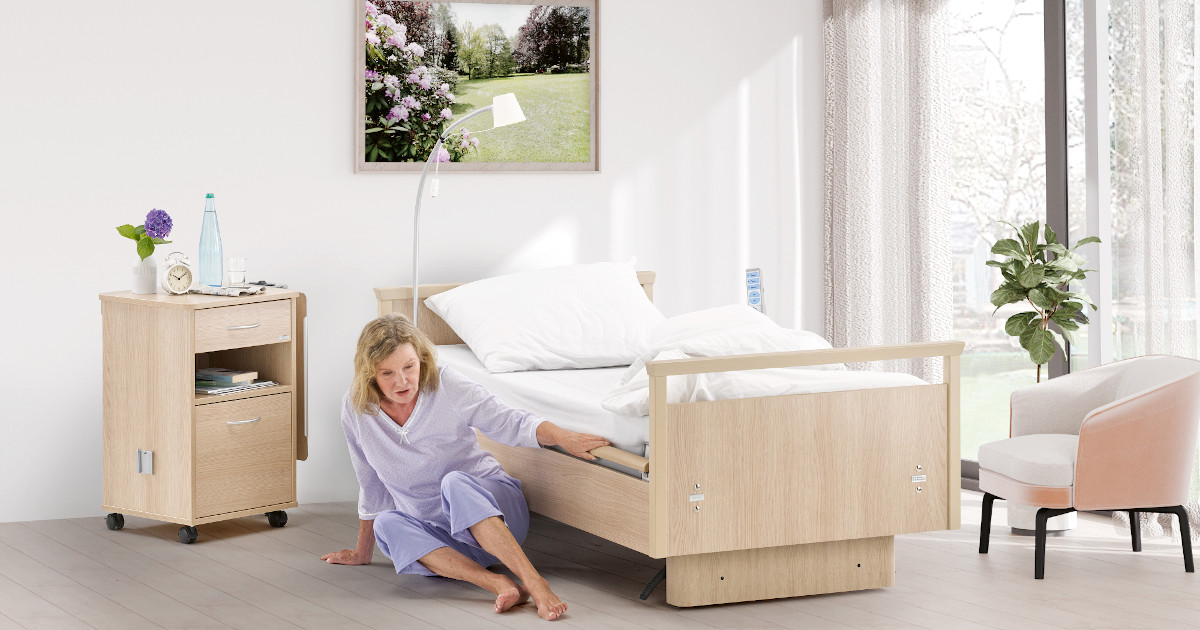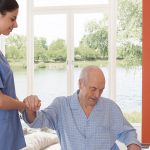Injuries caused by falls cost health insurance companies billions every year. However, falls can have far more drastic consequences for those affected themselves. Older people may never fully recover from their injuries and may be dependent on assistive devices for the rest of their lives. However, with a few tips and measures about fall prevention, the risk of suffering a fall can be significantly reduced.
1. Hip protector pants
This special underwear with built-in inserts for cushioning hard foam helps to reduce the risk of fractures in the event of a fall. Especially in the case of lateral falls, the hip is protected in this way. Of course, hip protector trousers cannot guarantee the prevention of fall-related injuries. Nevertheless, they give many older people security and thus also strengthen them mentally.
2. Changes in everyday life
Many falls happen in the home. Here, small tripping hazards such as the edge of a carpet, unsecured cables or the raised shower tray can become a problem. With little effort, the risk of falling in the home can be minimised: A night light makes it easier to find your way around when going to the toilet at night, handles in the shower provide safety and help you get out, and closed slippers or non-slip socks ensure a good grip even on slippery tiles.
3. Medical advice
If you are wobbly on your feet and at the same time have poor eyesight, you should make regular visits to your ophthalmologist. In this way, the glasses needed are constantly adjusted to the diminishing visual acuity. The risk of falling can also be increased by taking some medications, such as sleeping pills, antidepressants or neuroleptics, as these can cause dizziness or upset the sense of balance. A good GP consultation can help to find the right balance and clarify which medications are better not to take.
4. Fall prevention courses and general fitness
Special fall prevention courses and also guided sports such as Tai-Chi or yoga help to promote a sense of balance and strength. Targeted training of the trunk, buttock and leg muscles effectively protects against falls. If you regularly challenge your muscles, you can intercept unexpected balance problems with a lunge, for example, and thus rebalance yourself more quickly.
5 SafeSense® 3
Especially for people in need of care, there is a significantly increased risk of falling. Smart, digital care assistants such as SafeSense® 3 can contribute specifically to fall prevention through individually programmable bed exit monitoring. Such a care assistant signals to the nursing staff that the resident has left the bed or is about to leave it. In this way, falls can be detected at an early stage and their consequences can be reduced. With the help of a timer, it can be decided individually when the nursing staff should be alerted. In this way, the resident’s nocturnal visits to the toilet can be taken into account.


